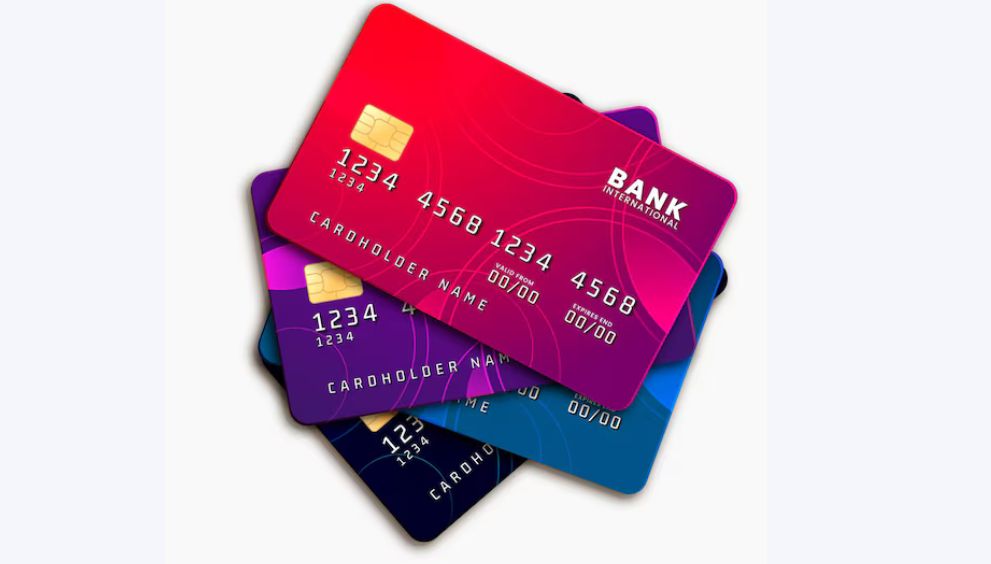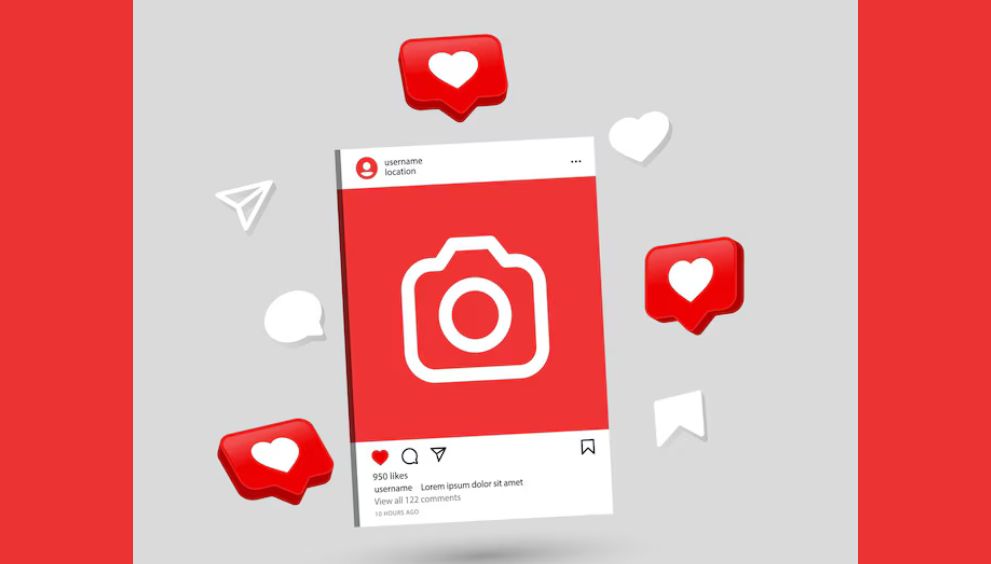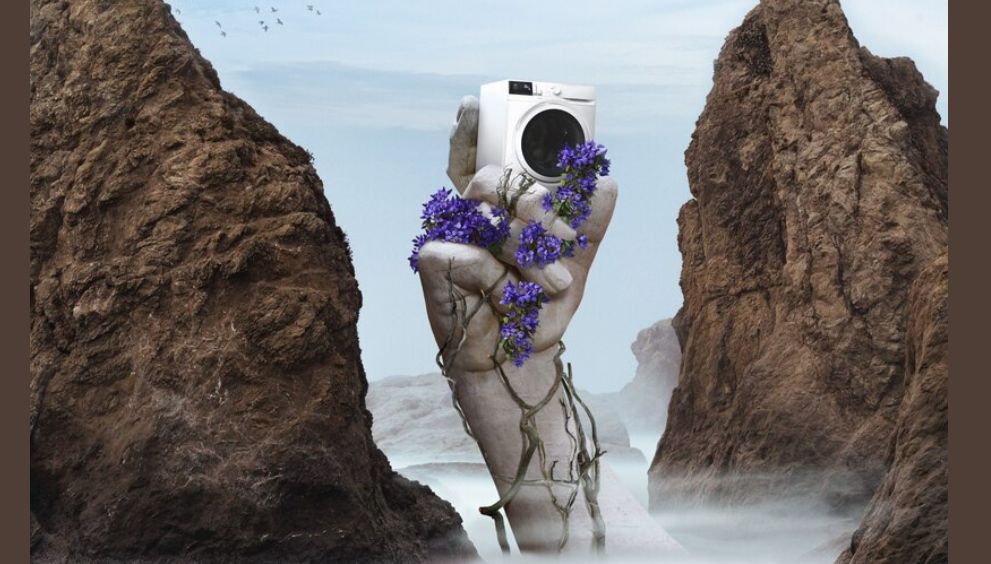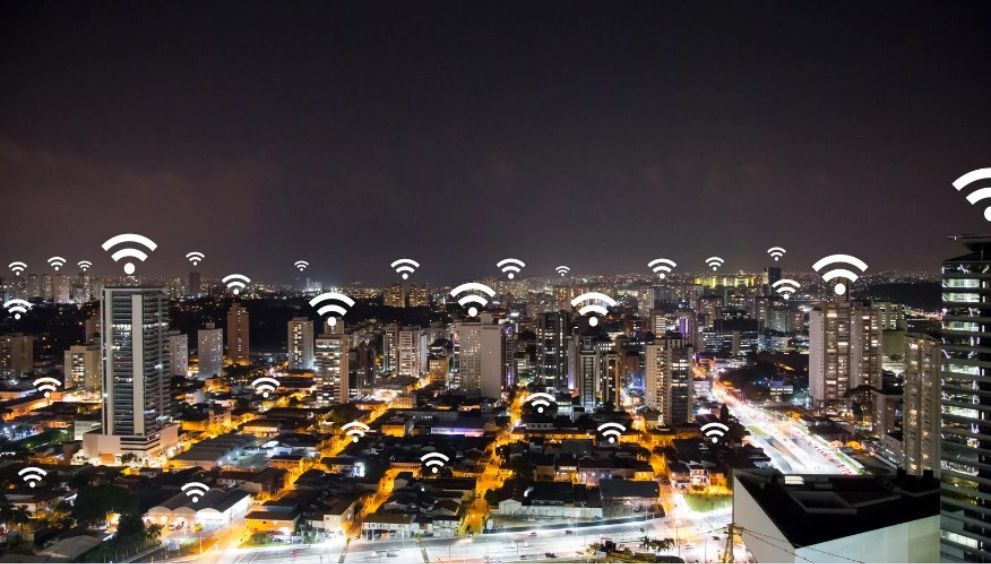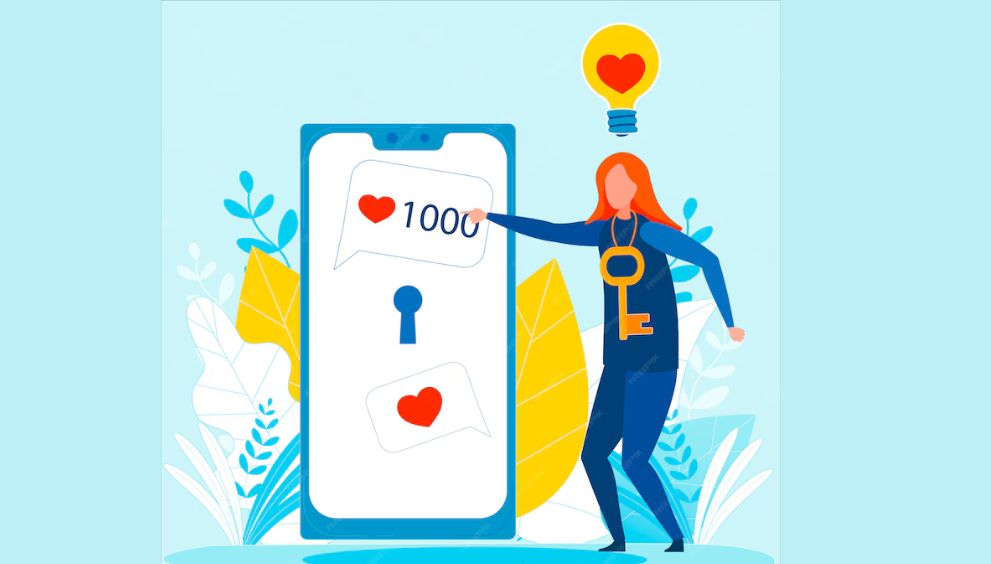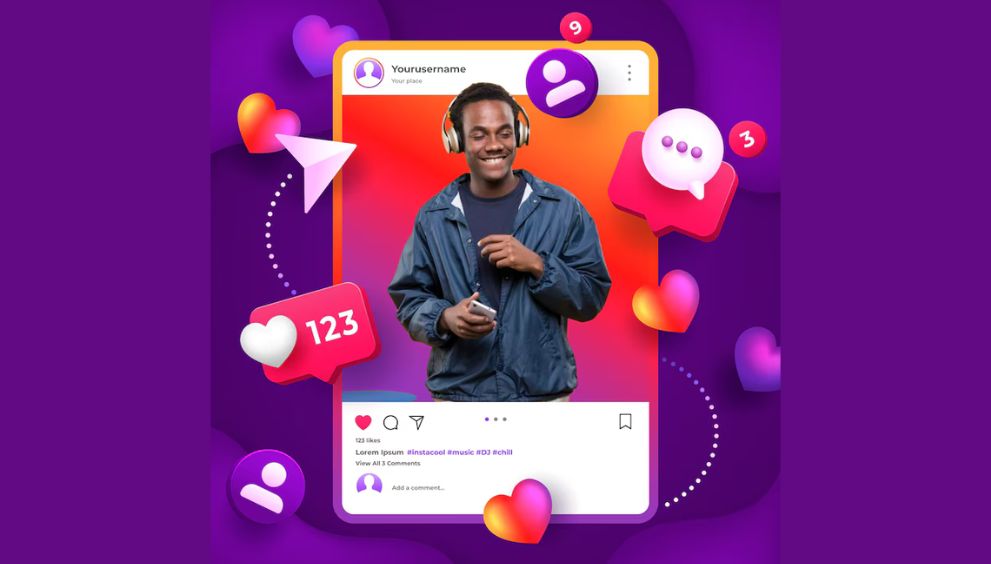to myth rainbows
The Magic of Rainbows: From Myth to Modern Symbols
1. Introduction: The Enchantment of Rainbows and Their Cultural Significance
Rainbows have long fascinated humanity, appearing as vibrant arcs across the sky after a rain shower. Their fleeting yet stunning appearance has inspired countless myths, legends, and symbols across diverse cultures. As natural phenomena, rainbows are not only breathtaking but also serve as a bridge between the physical and spiritual worlds in many traditions.
Historically, civilizations interpreted rainbows through their unique lenses. In Norse mythology, the rainbow bridge Bifröst connected gods and mortals. In Chinese culture, rainbows symbolized harmony and divine balance. Indigenous peoples worldwide viewed rainbows as messages from ancestors or divine entities. Over time, these perceptions transitioned from mythic explanations to modern symbols representing hope, diversity, and unity.
This evolution underscores how natural phenomena like rainbows transcend their physical form, becoming powerful cultural icons that reflect human values and aspirations.
Contents
- 2. The Scientific Basis of Rainbows: Understanding the Natural Phenomenon
- 3. Rainbows in Mythology and Folklore: From Legends to Symbols
- 4. Rainbows as Modern Symbols: From Myth to Contemporary Iconography
- 5. Symbols and Their Meanings: From Natural Elements to Cultural Icons
- 6. Le King and the Modern Illustration of Cultural Symbols
- 7. Non-Obvious Depths: Exploring the Evolution of Symbolism Through Time
- 8. Cultural Crossroads: Comparing Rainbows and Symbols Across Different Societies
- 9. Conclusion: The Enduring Magic of Rainbows and Symbols in Human Culture
- 10. References and Further Reading
2. The Scientific Basis of Rainbows: Understanding the Natural Phenomenon
a. How rainbows form: light refraction, reflection, and dispersion
Rainbows are optical illusions resulting from the interaction of sunlight with water droplets in the atmosphere. When sunlight enters a droplet, it slows down and bends—a process known as refraction. The light then reflects off the inside surface of the droplet, and as it exits, it disperses into its constituent colors. This dispersion creates the spectrum of colors we see as a rainbow.
This intricate interplay of physics explains the mesmerizing beauty of rainbows and the sense of mystery that has historically inspired myths and stories. The natural beauty and scientific complexity of rainbows highlight how human cultures have attempted to understand and interpret this ephemeral phenomenon.
b. Variations of rainbows around the world
| Type of Rainbow | Description | Notable Features |
|---|---|---|
| Double Rainbow | A phenomenon where two concentric rainbows appear. | The secondary rainbow has reversed colors and is fainter. |
| Supernumerary Rainbow | Additional, smaller rainbow bands inside the primary arc. | Results from wave interference, creating vibrant, multi-colored fringes. |
c. The role of environmental conditions in rainbow visibility
Rainbows require specific conditions: sunlight, water droplets, and an observer positioned correctly. Typically, they appear when the sun is low, usually in the early morning or late afternoon, and after rain when the air is still moist. Variations in humidity, cloud cover, and the angle of sunlight influence the intensity and visibility of rainbows, making each occurrence unique.
3. Rainbows in Mythology and Folklore: From Legends to Symbols
a. Common myths and stories associated with rainbows
Across diverse cultures, rainbows are woven into mythic narratives. In Norse mythology, the Bifröst served as a shimmering bridge connecting Midgard (earth) with Asgard, home of the gods. This bridge was believed to be guarded and only accessible to gods and selected heroes, symbolizing divine connection and strength.
Similarly, in indigenous Australian stories, rainbows are often seen as sacred pathways or spirits traveling between worlds. In the Hebrew Bible, the rainbow appears as a divine sign of God’s promise to Noah, symbolizing hope and covenant after the flood.
b. Rainbows as bridges between worlds or divine messages
Many cultures regard rainbows as metaphysical bridges, linking the earthly realm with the spiritual or divine. They are viewed as messages from gods, signs of divine approval, or pathways for spirits. This symbolism persists in modern times, where rainbows often signify hope, harmony, and connection beyond the material world.
c. Cultural symbols derived from rainbow imagery, including references to luck and divine power
The vibrant colors of rainbows have inspired symbols representing luck and divine favor. For example, the Irish shamrock (clover) is associated with luck and divine blessing, often linked with the green color of Irish landscapes and the green in many rainbow interpretations. Gold, another symbol frequently associated with rainbows, signifies wealth and divine blessing, especially in traditions where rainbows lead to hidden treasures.
4. Rainbows as Modern Symbols: From Myth to Contemporary Iconography
a. The rainbow as a symbol of hope and diversity in modern societies
In recent decades, rainbows have become powerful symbols of hope, especially within social movements advocating for LGBTQ+ rights. The rainbow flag, designed in 1978, encapsulates diversity, inclusion, and the pursuit of equality. Its vibrant colors serve as a universal emblem of unity amid diversity, transforming the ancient symbol into a contemporary icon of social change.
b. The use of rainbow imagery in art, branding, and social movements
Artists and brands incorporate rainbow motifs to communicate positivity, diversity, and acceptance. For instance, many corporations adopt rainbow branding during Pride Month to demonstrate solidarity. Public art installations and social campaigns leverage rainbow imagery to promote messages of unity and hope.
c. How modern interpretations influence perceptions of rainbows in entertainment and gaming
In entertainment, rainbows symbolize wonder, magic, and inclusivity. Video games and casino themes often embed rainbow imagery to evoke luck and prosperity. Popular titles like a guide to the live game show hosts at Le King exemplify how traditional symbols are integrated into modern entertainment, reinforcing their universal appeal and cultural resonance.
5. Symbols and Their Meanings: From Natural Elements to Cultural Icons
a. The significance of colors within rainbows
Each color in a rainbow carries specific cultural and emotional connotations:
- Red: Passion, energy, vitality
- Orange: Creativity, enthusiasm
- Yellow: Happiness, optimism
- Green: Growth, harmony, luck
- Blue: Calmness, trust
- Indigo: Intuition, spirituality
- Violet: Royalty, wisdom
b. The universal appeal of vibrant colors and their emotional impact
Vibrant colors evoke strong emotional responses, which is why they are central to many symbols. Bright hues like red and yellow attract attention and inspire feelings of excitement and hope. Green and blue promote tranquility and trust. These reactions have made rainbow colors effective in branding, art, and cultural symbols.
c. How symbols like the Irish shamrock and gold relate to cultural beliefs—luck, divine power, and wealth
The shamrock symbolizes luck and divine favor in Irish tradition, often associated with the green of rainbows and Irish landscapes. Gold, frequently linked to rainbows in folklore, represents wealth, divine blessing, and divine power. These symbols illustrate how natural elements inspire layered cultural meanings rooted in human hopes and beliefs.
6. Le King and the Modern Illustration of Cultural Symbols
a. Overview of Le King’s game mechanics and thematic elements
Le King is a contemporary online casino game that vividly incorporates cultural symbols like the green and gold clovers, echoing Irish luck traditions. Its mechanics, such as the 6×5 grid and cluster pays, combine classic gaming principles with modern design, making it accessible and engaging for players worldwide.
b. The use of Green and Gold Clover symbols referencing Irish luck traditions
These symbols are not merely decorative; they evoke the timeless human pursuit of luck and prosperity. Their presence in modern gaming demonstrates how ancient symbols continue to influence contemporary entertainment, reinforcing cultural narratives in new contexts.
c. The significance of the 6×5 grid and cluster pays mechanics in modern gaming design
Modern games like Le King leverage innovative mechanics such as cluster pays, where winning combinations form from adjacent symbols, creating dynamic and exciting gameplay that mirrors the layered meanings of symbols like rainbows and gold—rich with potential and unpredictability.
d. How Le King exemplifies the integration of traditional symbols into contemporary entertainment
By blending cultural symbols with cutting-edge game design, Le King serves as a modern illustration of how timeless principles—luck, prosperity, divine favor—are adapted to resonate with today’s audiences, keeping the enduring magic of symbols alive in new forms.
7. Non-Obvious Depths: Exploring the Evolution of Symbolism Through Time
a. The transformation of natural phenomena into layered cultural symbols
From simple observations of rainbows’ beauty, cultures have layered meanings—divinity, luck, hope—creating complex symbols that reflect societal values. For example, rainbows’ progression from natural spectacle to divine bridge illustrates this evolution.
b. The psychological impact of symbols like rainbows and gold on human perception
Research indicates that vibrant colors and symbols like gold evoke feelings of optimism and trust, affecting human perception and behavior. This psychological impact explains their widespread use in branding and storytelling.
c. The role of storytelling and media in shaping modern interpretations of ancient symbols
Media perpetuates and reinterprets symbols, embedding them in narratives that influence societal perceptions. For instance, movies, games, and advertising continually evolve the meanings of rainbows, shifting from divine messages to icons of hope and diversity.
8. Cultural Crossroads: Comparing Rainbows and Symbols Across Different Societies
a. Variations in rainbow symbolism—divinity, luck, connection to nature—across cultures
While many cultures see rainbows as divine bridges, others interpret them as signs of prosperity or natural harmony. For example, in Chinese tradition, rainbows symbolize balance and harmony, contrasting with Western ideas of divine communication.
b. The influence of local myths and environmental factors on symbolism
Environmental factors shape symbolism: in regions with frequent rain and lush landscapes, rainbows symbolize bounty and luck. Local myths adapt these natural signs to reflect societal values, creating diverse symbolic meanings.
c. How globalized media and products like Le King blend these diverse interpretations
Global media and entertainment—like the themed elements in Le King—integrate varied cultural symbols, creating a universal language of luck and hope while respecting their origins. This blending fosters cross-cultural understanding and appreciation.
9. Conclusion: The Enduring Magic of Rainbows and Symbols in Human Culture
<blockquote style=”margin-top: 20px; padding: 10px; background-color: #f0f8ff; border-left: 4px solid #3498db

















